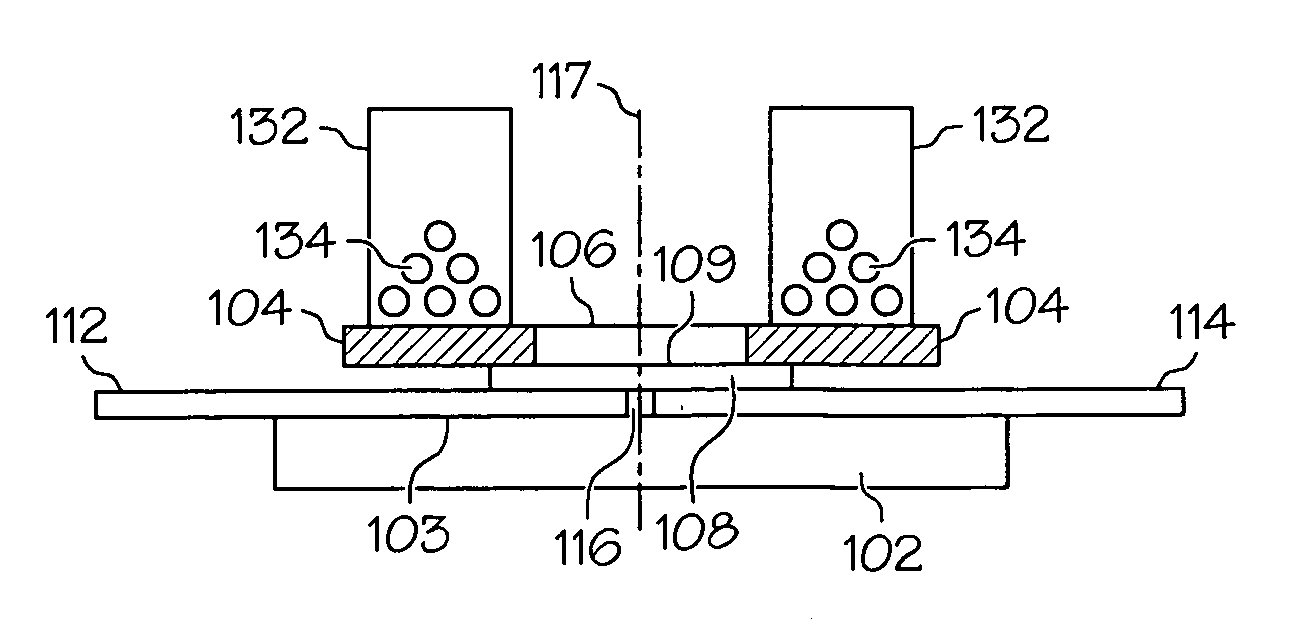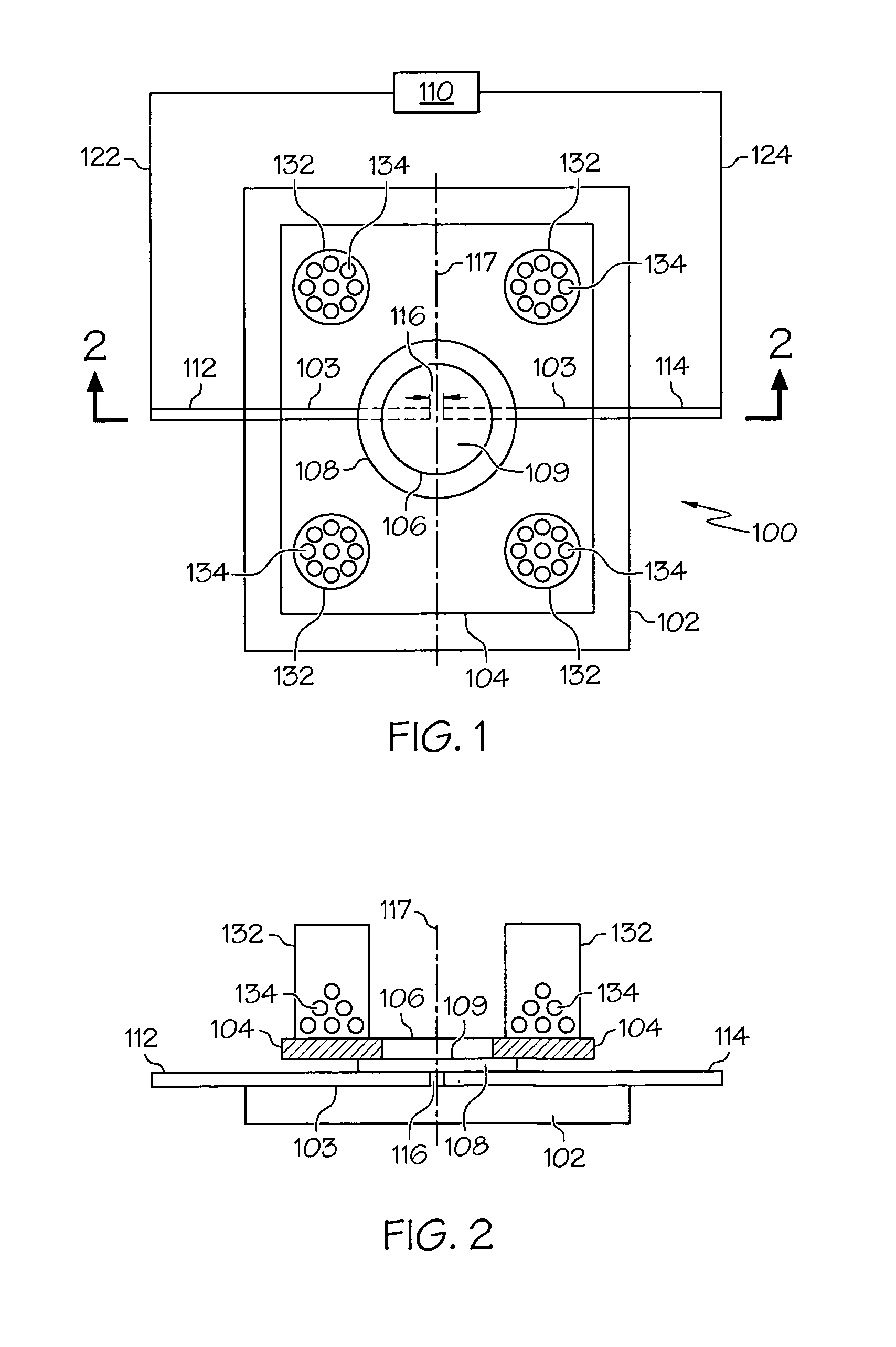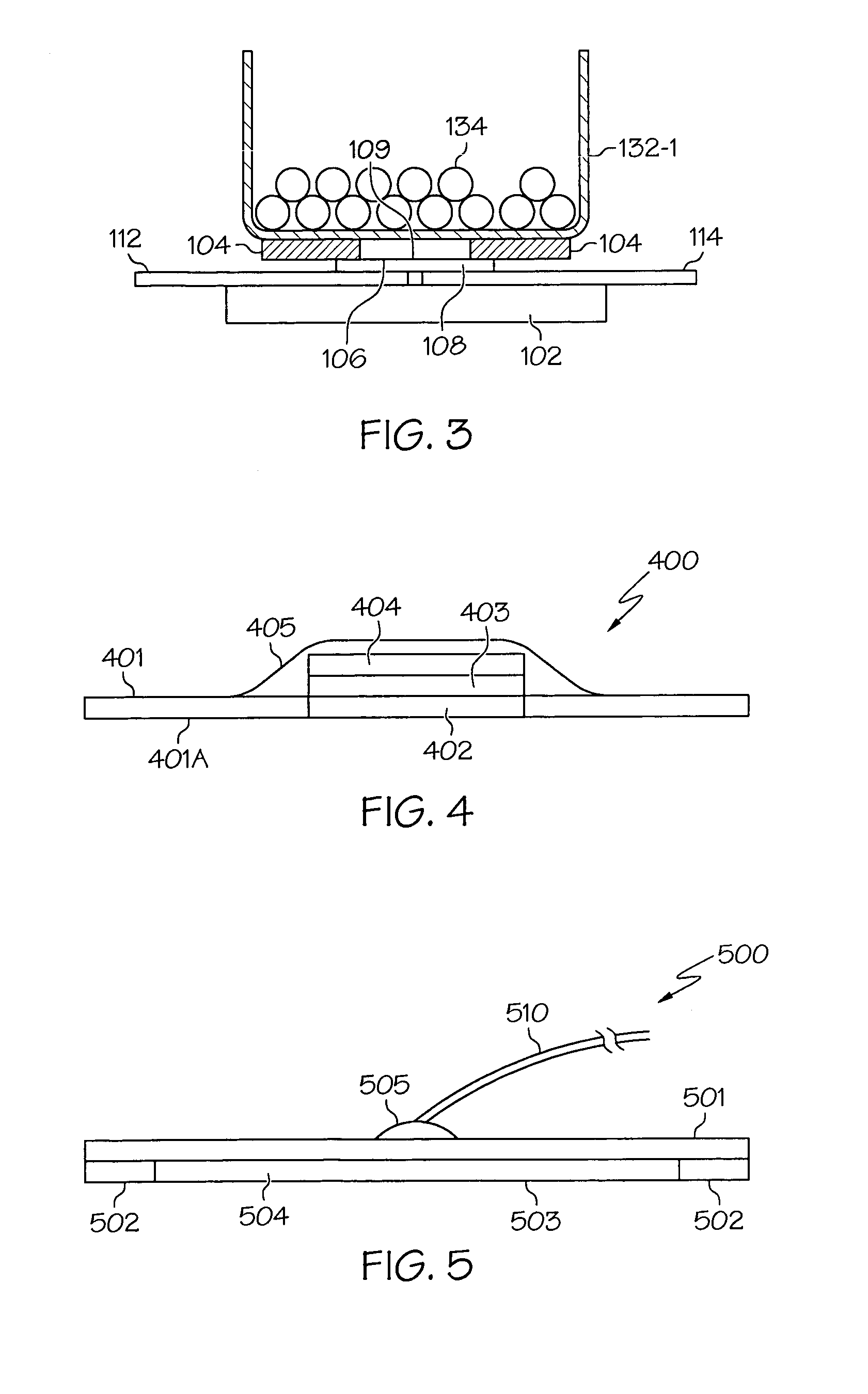Skin conduction and transport systems
- Summary
- Abstract
- Description
- Claims
- Application Information
AI Technical Summary
Benefits of technology
Problems solved by technology
Method used
Image
Examples
example 1
(Conductivity and Resistivity of Surfactant Solutions)
[0044]Tests were made of sixteen (16) surfactants. Fifteen of the surfactants had been diluted to an activity of 5% with deionized water. A deionized water sample EEG-16 was used as a control. One sample EEG-14, consisting of 3ML-15638 oil / water emulsion was determined to be already very diluted and so was used, as received, at 80% activity. The surfactant solutions were all mixed for 30 minutes prior to electrical conductivity testing using a VWR conductivity meter Cat# 23226–50, Probe Cat# 23226-524, range 0.1-200 u S / cm. Results are shown in Table 1.
[0045]
TABLE 1Conductivity and Resistivity of Standardized SurfactantSolutionsSurfactantSurfac-AssolutiontantRe-Surfac-De-Surfactantconduc-solutionceivedtantionizedsolutiontivityResistivity(%grams @Watertotal weight%VWR(Ohm-SampleSurfactantActive)5%(gram)(gram)Active(μS / cm)meter)EEG-1Actrosol C-75 ™70%1.0713.9315588601.1(clear)EEG-2Actrosol C-85 ™75%1.0014.0015553001.9(disp.)EEG-3Ac...
example 2
(Polycarbonate Skin Model)
[0046]In Example 2, tests were performed on surfactants shown in Table 2 using test apparatus 100. The test material 108 consisted of a five layer stack of polycarbonate membranes. The membrane consisted of a polycarbonate Whatman Nuclepore™ membrane having a 0.05 μm pore size (Cat. # 111703). Each had a thickness of 6 μm resulting in a stack about 30 μm thick. A Fluke Ohmmeter was used for measurement of the conductive contact time. The membrane size was cut to 0.75 in. square, and placed in the test holder, followed by addition of 400 grams of weight on the cover 104 for holding the samples in place. The opening 106 in cover 104 was ⅜″ in diameter and used to make the tests shown in Table 2. Readings were made after 1 minute of contact with a drop of surfactant.
[0047]In this example, the stack of polycarbonate membranes was used to determine the ability of different surfactant solutions listed in Table 2 to penetrate the surface of the polymer artificial ...
example 3
[0050]After the tests in Example 2, there was a concern that the ⅜″ diameter opening was too small and may allow wicking of the test material around the edges of the test material onto the copper wires. Therefore, a different cover was prepared having about a one (1) inch opening for additional tests as shown in Table 3. Results were about the same. This showed that that wicking was not a problem. However, the larger diameter opening was used in the remainder of the tests. In addition, larger test material samples were prepared that were about 1.25 inch in diameter. Except for the larger opening and larger test material sample size, test parameters were the same as in Example 2.
[0051]
TABLE 35% Surfactant Solution Penetration Tests on 5 Layers(Total thickness = 30 μm) of Polycarbonate MembranesSurfactantBreakthroughTimeSample #Surfactant% Active(seconds)EEG-1 ACActrosol C-75 ™ (clear)5%0.01EEG-3 AYActrosol OY-75 ™ (disp.)5%0.01EEG-9 LSLamepon S ™ (clear)5%0.02EEG-12 MCMayTein C ™ (cl...
PUM
| Property | Measurement | Unit |
|---|---|---|
| Fraction | aaaaa | aaaaa |
| Fraction | aaaaa | aaaaa |
| Fraction | aaaaa | aaaaa |
Abstract
Description
Claims
Application Information
 Login to View More
Login to View More - R&D
- Intellectual Property
- Life Sciences
- Materials
- Tech Scout
- Unparalleled Data Quality
- Higher Quality Content
- 60% Fewer Hallucinations
Browse by: Latest US Patents, China's latest patents, Technical Efficacy Thesaurus, Application Domain, Technology Topic, Popular Technical Reports.
© 2025 PatSnap. All rights reserved.Legal|Privacy policy|Modern Slavery Act Transparency Statement|Sitemap|About US| Contact US: help@patsnap.com



